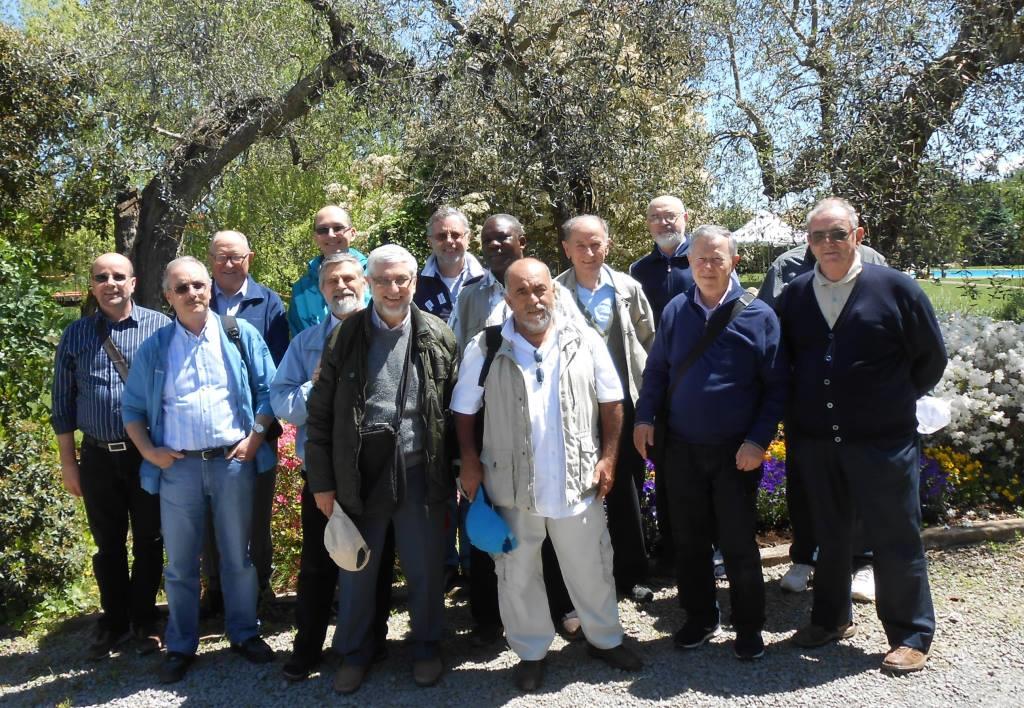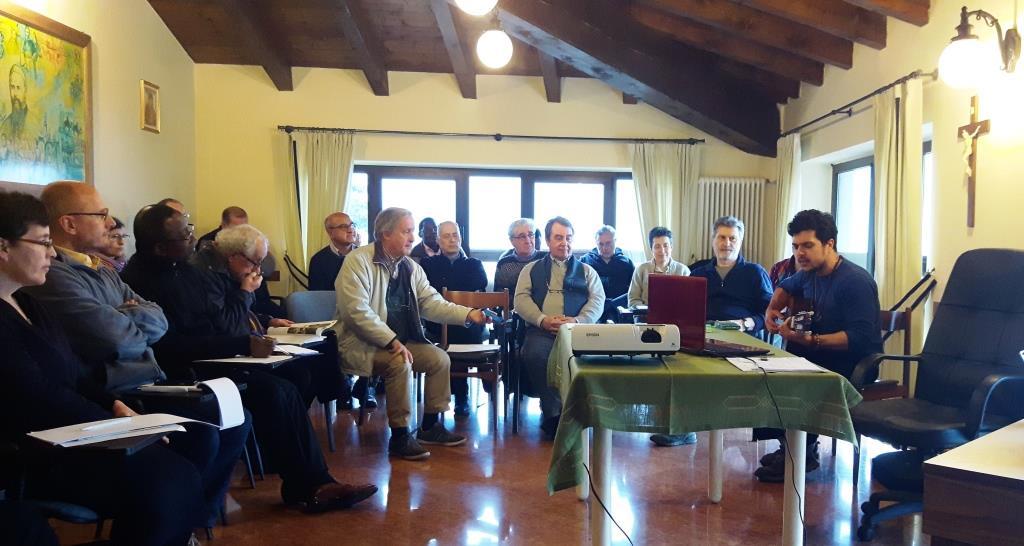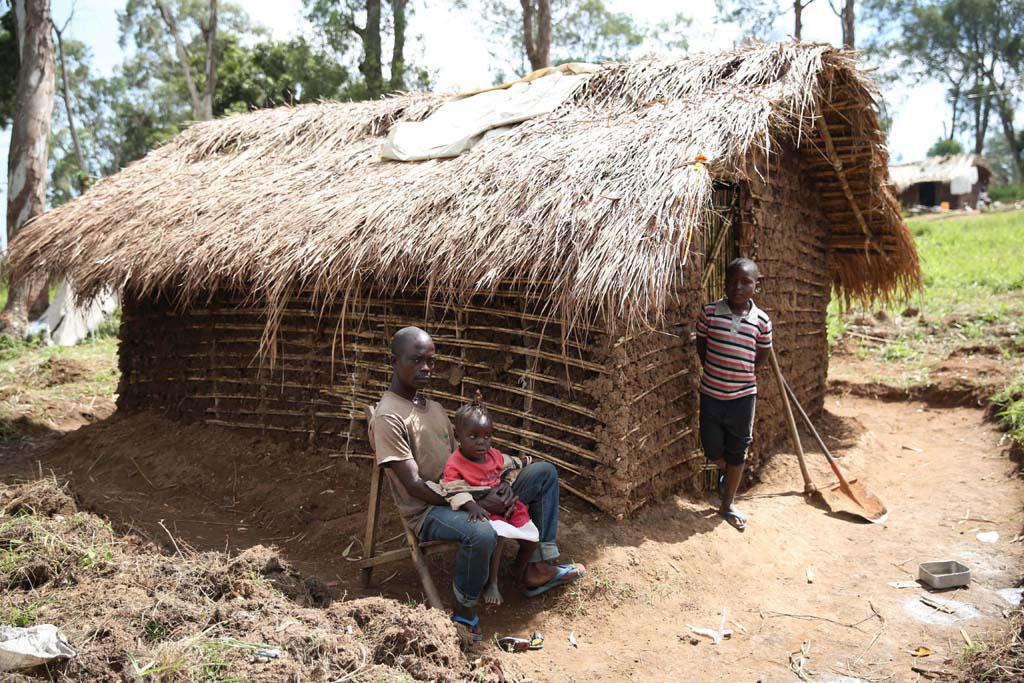Daniel Comboni
Comboni Missionaries
Institutional area
Other links
Newsletter
Rome, Thursday, May 16, 2013
On May 13 the community of the Curia organized an outing to Civita di Bagnoregio in the Italian region of Lazio, famous for being called “the dying city.” In the afternoon the missionaries briefly visited the little city of Orvieto, known above all for its cathedral. Two beautiful places with medieval flavor at about 150 km from Rome.
The citadel of Civita di Bagnoregio is situated on top of a sizable hill and offers an incomparable view to those who see it from some of the panoramic points of Bagnoregio. It must be kept in mind, however, that Civita is a very small center where time seems to have stopped and which can be reached only on foot over a 300 meter concrete bridge leading uphill, built to serve the few inhabitants who still live there and tourists coming from all over the world. This is the last solution found in order to reach the characteristic town, since between 1854 and today the roadbed has sunk 25 meters. A study of the speed of depression of the rims of the ravines has revealed a median rate of erosion of 7 cm per year.
The writer Bonaventura Tecchi called it the “dying city” and he is partially correct. In fact Civita di Bagnoregio was build on very unsteady grounds, located on a layer of tuff, and runs the risk of collapsing because several banks of clay that hold it up are constantly being eroded. The majestic ravines, partially covered by sparse vegetation, that cover various kilometers witness to this.
Bagnoregio – literally, the king’s bath – is a toponym of Goth-Longobard origin defining a royal property and appears for the first time in 599 in a letter of Pope Gregory the Great addressed to the bishop of Chiusi Ecclesio. It is not totally improbable that there may be a connection with a thermal baths location for which we only have scant evidence. According to a legend, the curative waters of that bath healed the wounds of the Longobard king Desiderio.
During the outing there was time for a visit to Orvieto, known above all because of its beautiful cathedral, symbol of the city known the world over. To appreciate the exceptionally panoramic position of the city it is worth climbing to the top of the Torre del Moro, the highest and most central spot in Orvieto, from where the gaze is totally immersed in the green horizon that surrounds it.
The heart of Orvieto is the Cathedral Square, a precious space surrounded by ancient palaces and the imposing structure of the “Duomo”. Its marvelous façade, sculpted like a miniature, is resplendent with multicolored marble and mosaics, and monopolizes everyone’s attention with the purity of its lines. Inside, one can admire the masterpieces of Luca Signorelli, who painted the Stories of the Antichrist, the End of the World, the Resurrection of the Flesh, the Elects and the Reprobates and a spectacular Last Judgment in the Chapel of St. Brizio, while Beato Angelico decorated parts of the ceiling with Angels.
The beauty of Orvieto is enhanced also by important Etruscan ruins such as the two necropolises, located at the base of the rock, and the underground part of the city. The latter was enlarged in the Middle Ages for various reasons, such as the creation of water reservoirs and shelter for the raising of pigeons, until it became a city carved into the mountain. This hidden city can be visited following the itinerary of Orvieto Underground together with the Well of St. Patrick, built by Antonio da Sangallo for Pope Clement 7th in the 1500s and now open to the public.










